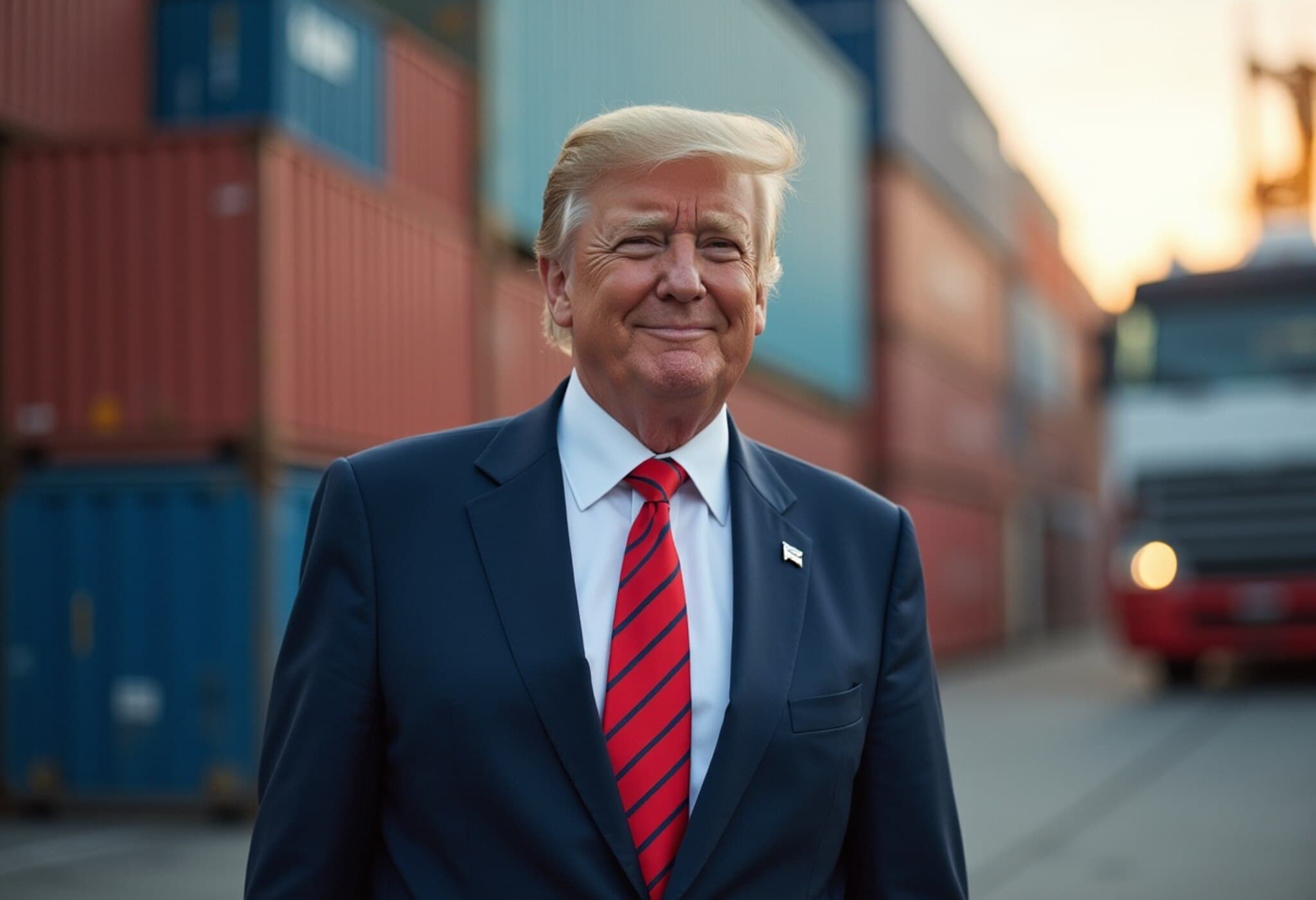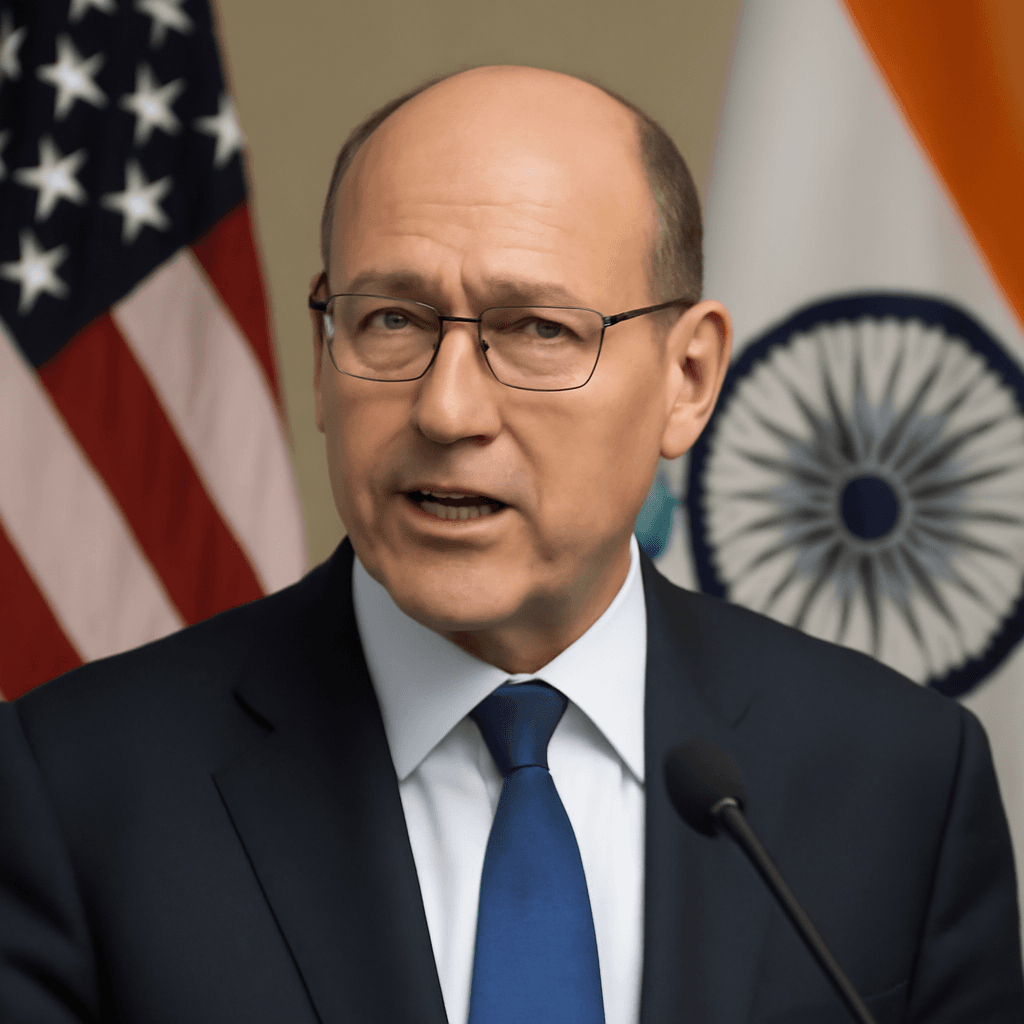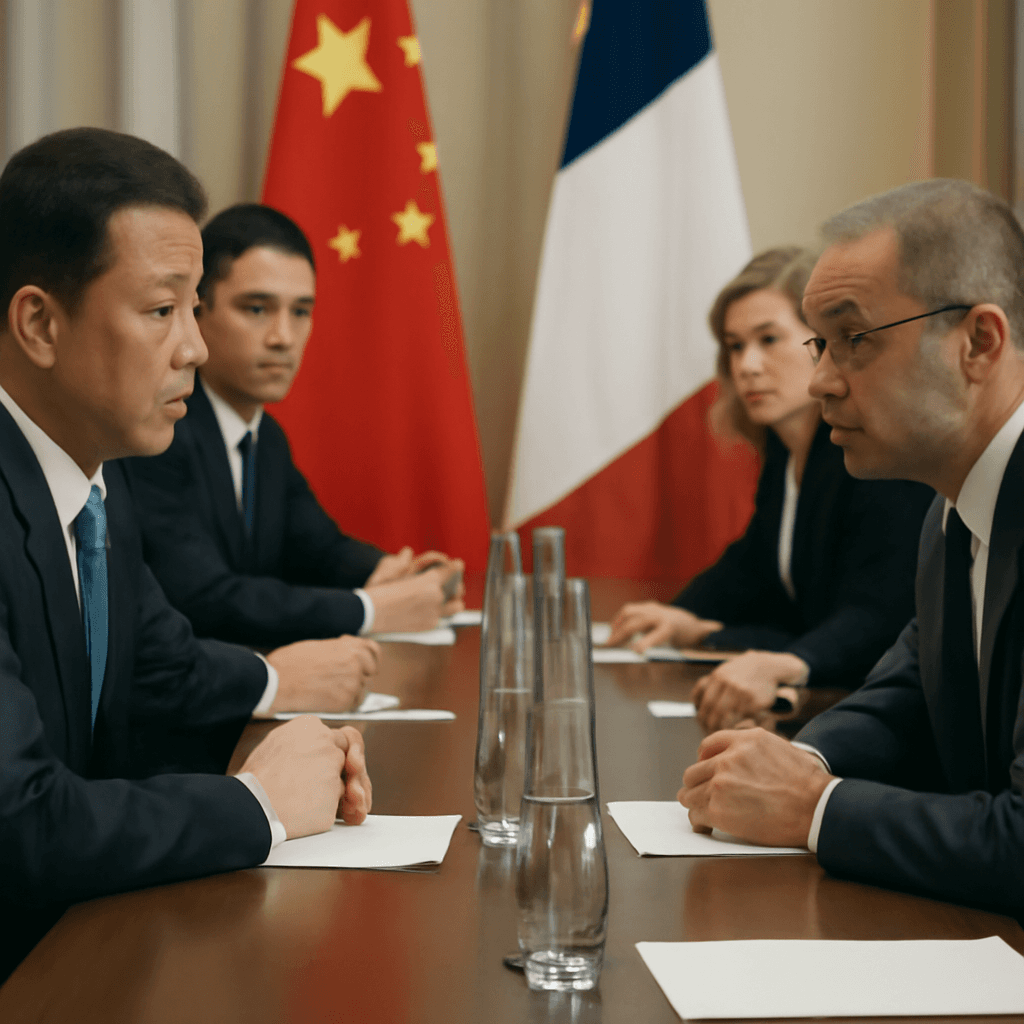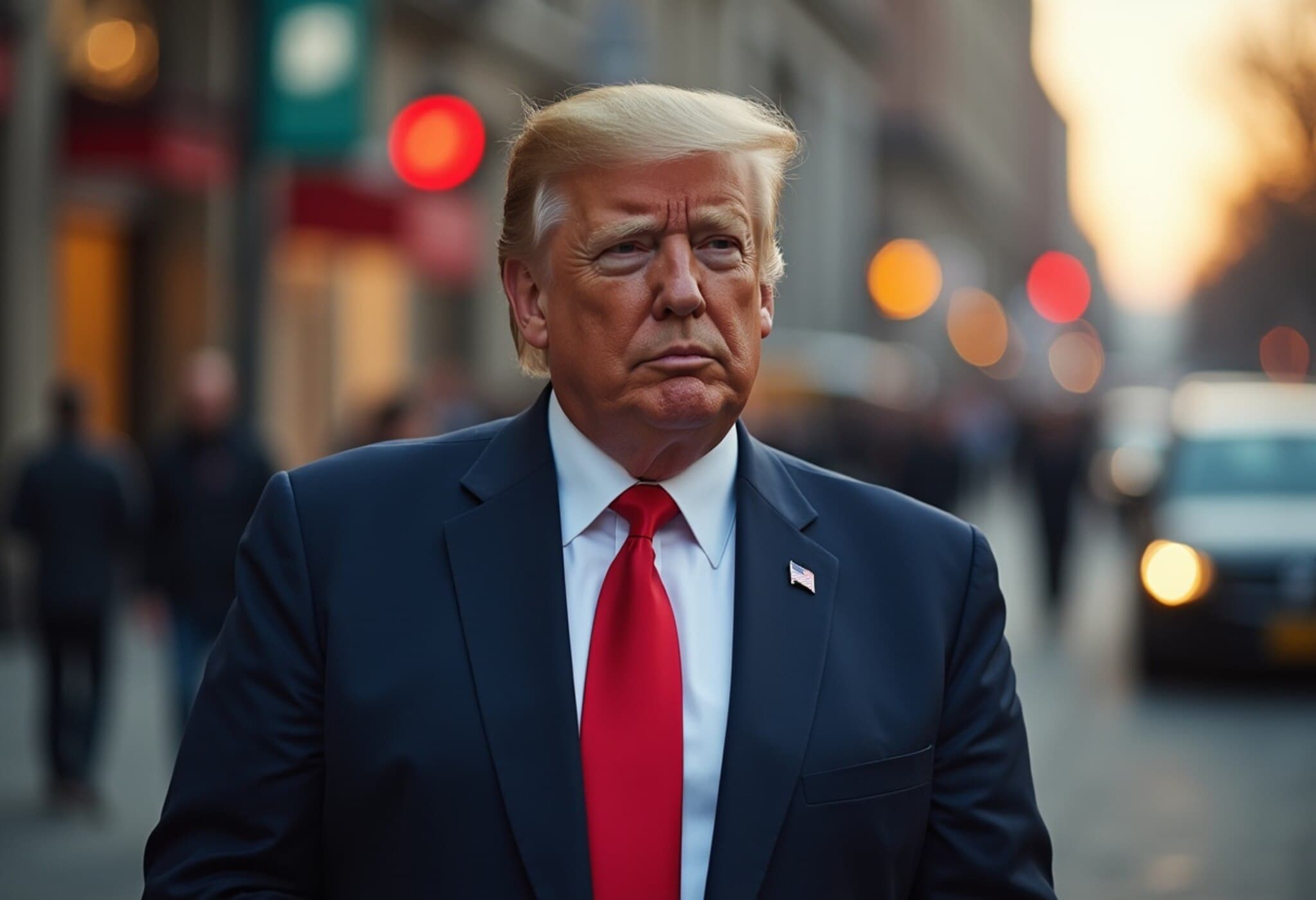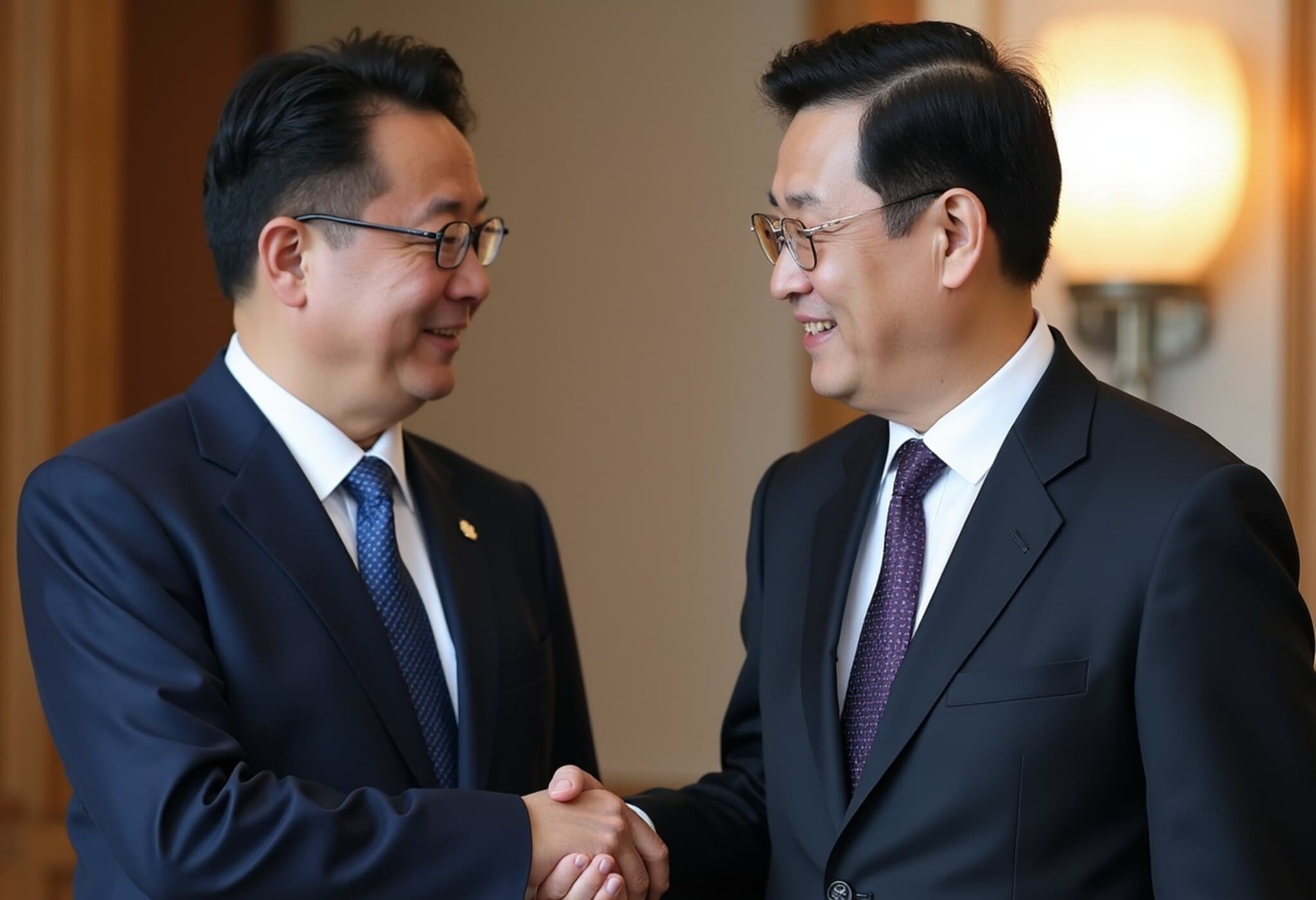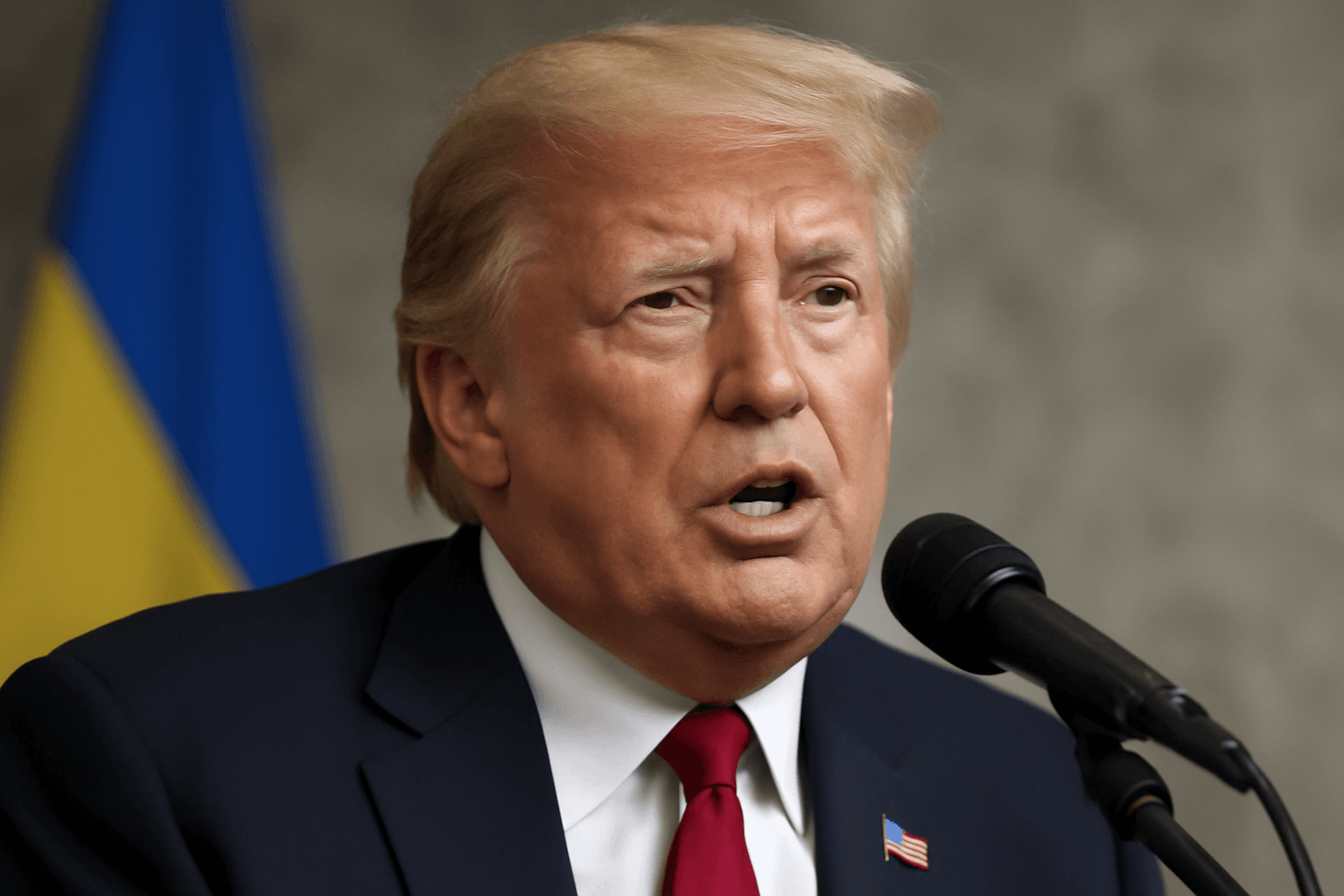Australian Exporters Await U.S. Tariff Announcement Amid Rising Trade Tensions
Australian exporters are poised to find out within hours whether they will face increased tariffs from the United States, after the White House signaled a new wave of reciprocal duties. The announcement, expected imminently from U.S. President Donald Trump’s administration, could reshape trading conditions for key Australian industries already navigating complex global markets.
New Tariffs Could Reshape Australia-U.S. Trade Landscape
The potential imposition of higher tariffs comes amid escalating trade disputes globally, where protective measures are becoming a common economic tool. For Australian exporters, the stakes are high. Industries such as agriculture, wine, and manufactured goods rely heavily on U.S. markets. A sudden hike in tariffs would not only increase costs but could also dampen demand for Australian products, exerting pressure on producers and exporters alike.
Expert Insights: The Broader Economic and Policy Implications
Trade experts warn that while tariffs might offer short-term protection to specific American sectors, the ripple effects could disrupt bilateral relations and supply chains. According to Dr. Emily Harris, an international trade analyst based in Canberra, “This move risks unsettling an already fragile post-pandemic recovery by injecting uncertainty. Australian exporters should prepare for volatility and consider diversification strategies.”
Behind the Scenes: What’s Driving the U.S. Decision?
The looming tariffs must also be understood within the context of America’s broader economic policy agenda: aiming to bolster domestic manufacturing and reduce trade deficits. Reciprocal tariffs are often employed as negotiation leverage in trade talks or responses to perceived unfair trade practices. Whether this latest round targets specific Australian sectors or is part of a wider recalibration with multiple trading partners remains to be seen.
What This Means for Australian Businesses and Policymakers
- Exporters should monitor tariff updates closely and consider immediate risk assessments.
- Industry groups may need to advocate for government support or trade negotiations to mitigate impacts.
- Policymakers face pressure to respond with strategic diplomacy and possibly look towards trade diversification beyond traditional markets.
Looking Ahead: Navigating Uncertainty in Global Trade
As the announcement unfolds, the Australian business community confronts a familiar tension: balancing optimism for open trade with the realities of protectionist tides sweeping global economies. The fast-evolving scenario underscores the importance of resilient supply chains and proactive diplomatic engagement. How Australia adjusts to these tariff signals will shape the nation’s export trajectory amidst a volatile international environment.
EDITOR’S NOTE:
Although tariff decisions often appear focused on immediate economic outcomes, their wider impact on international relations and domestic industries is profound. Readers should consider how policy shifts like these intertwine with broader geopolitical dynamics, affecting not only prices but global cooperation frameworks. Australian exporters and consumers alike should remain informed and adaptable as new tariffs reshape the landscape.

